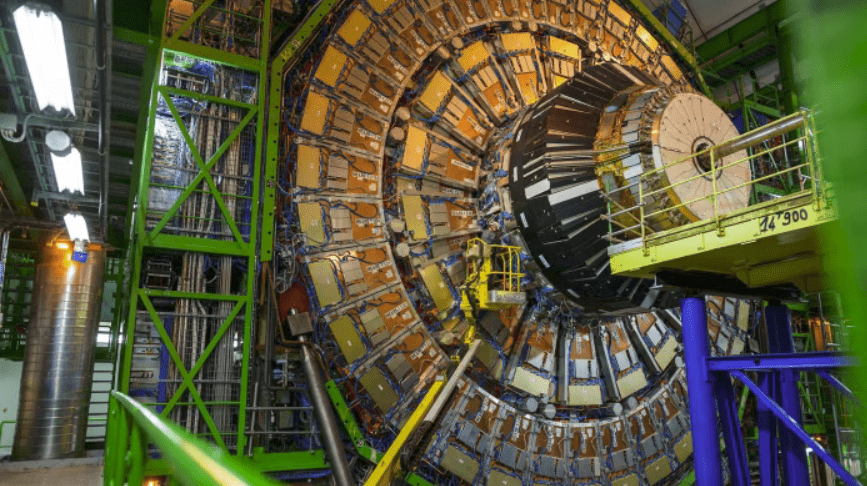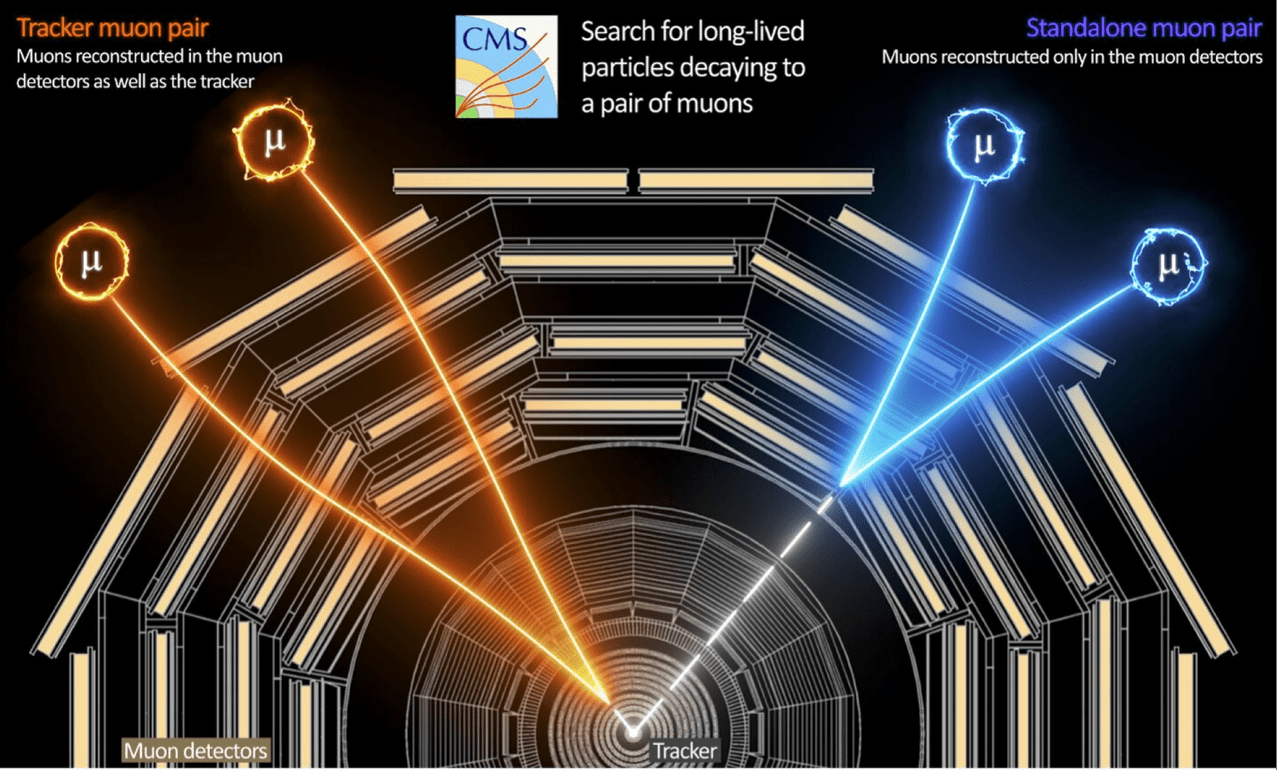The Compact Muon Solenoid (CMS) experiment at the Large Hadron Collider (LHC) has recently unveiled initial findings about dark photons, mysterious particles not predicted by the standard model of particle physics. These “exotic and long-lived particles” are captivating scientists due to their extraordinary average lifespan of over a billionth of a second. Unraveling the secrets of dark photons could hold the key to understanding elusive phenomena like invisible dark matter.
The ongoing Run 3 experiment at the LHC has provided intriguing insights into the realm of dark photons. The CMS experiment in Run 3 is particularly focused on the potential creation of dark photons during the decay of Higgs bosons within the detector. Higgs bosons, often referred to as the “God particle,” are pivotal in the standard model, and any deviations in their behavior could indicate the presence of previously unknown particles.

In the CMS experiment, dark photons are theorized to travel a measurable distance in the detector before decaying into “displaced muons.” These muons leave tracks that do not extend all the way to the collision point, indicating that the particle has moved a considerable distance without leaving a trace. This unique signature is crucial for identifying the potential existence of dark photons.
The Large Hadron Collider, situated at CERN near Geneva, Switzerland, stands as the world’s most powerful particle accelerator. Comprising a 27-kilometer ring of superconducting magnets, the LHC accelerates particles like protons to nearly the speed of light, enabling scientists to explore the fundamental aspects of matter and the forces governing the universe. The Run 3 experiment, which commenced in July of the previous year, boasts a higher instantaneous luminosity compared to previous runs, meaning more collisions occur at any given moment.

The increased luminosity enhances the chances of observing rare or unexpected events, providing opportunities to discover new particles or validate theoretical predictions. However, the sheer volume of collisions poses a practical challenge. The LHC generates millions of collisions per second, but only a fraction can be stored due to data storage limitations. To address this, the LHC employs a real-time data selection algorithm known as the “trigger” to quickly determine which collisions are noteworthy for subsequent analysis.
Juliette Alimena from the CMS experiment emphasized the improvement in triggering on displaced muons in Run 3. This enhancement enables the collection of more events involving muons displaced from the collision point by varying distances. With these advancements, the CMS experiment is now better positioned to detect dark photons if they indeed exist. The quest for dark photons and their potential implications for understanding the universe continues to drive the scientific exploration at the cutting edge of particle physics.


